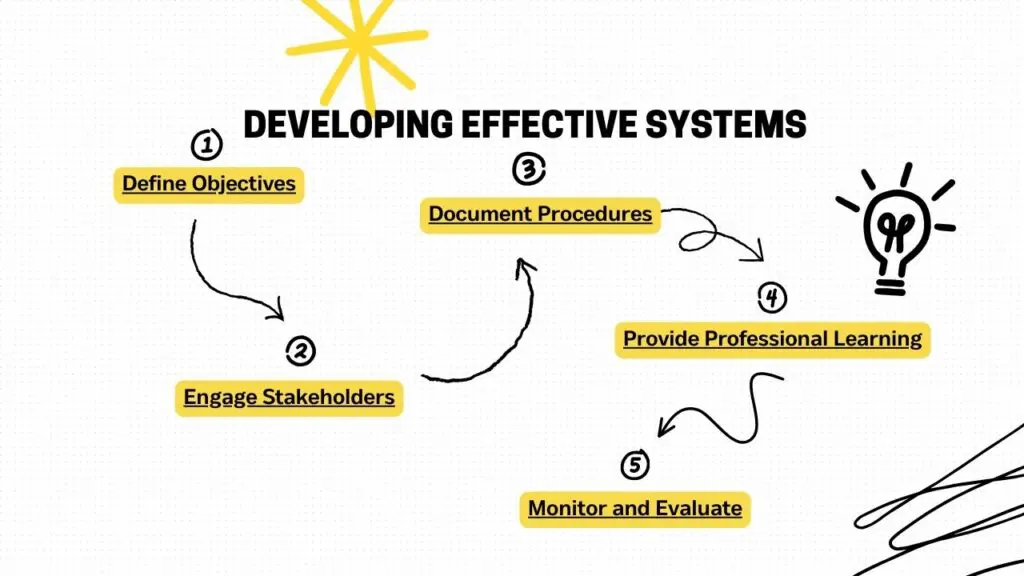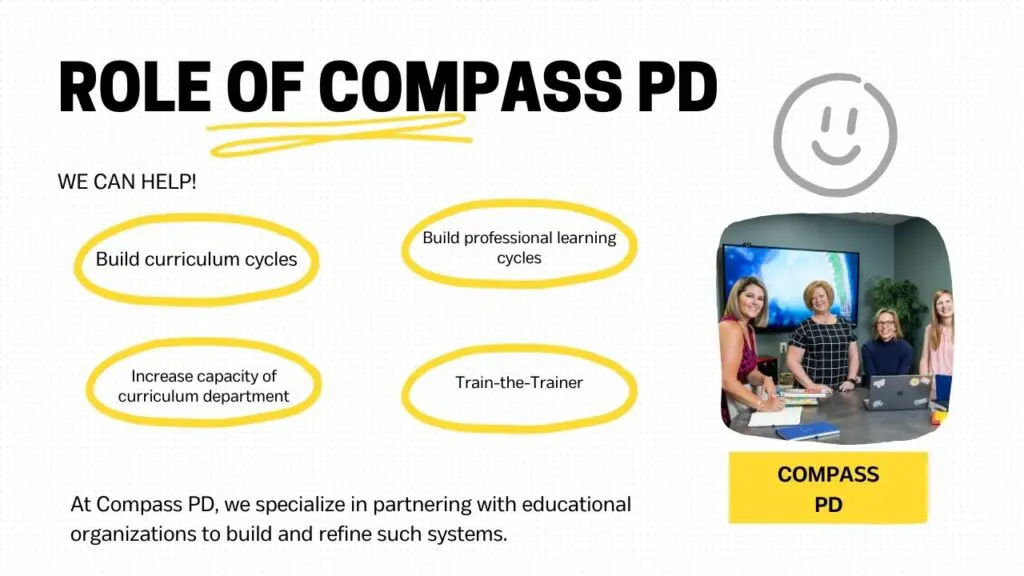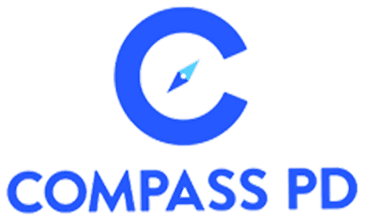Creating a Learning Ecosystem: The Role of Effective Systems
By Dr. Carrie Hepburn
In the dynamic world of education, establishing well-structured systems is essential for creating environments where all stakeholders—students, educators, administrators, and the community—can thrive. These systems define our operations, setting clear expectations and procedures that foster consistency, safety, and a shared sense of purpose. Schools can become chaotic without them, leading to staff burnout and high turnover.
Understanding Systems in Education
At its core, a system in education refers to a set of organized, interrelated processes designed to achieve specific goals. These systems encompass everything from curriculum development and professional learning to daily operational procedures. They ensure all organization members understand their roles, responsibilities, and steps to accomplish objectives, promoting a cohesive and efficient working environment.
The Role of Systems in Organizational Consistency and Safety
Implementing robust systems within an educational setting offers several key benefits:
- Consistency: Standardized procedures ensure that tasks are uniform across the organization, reducing variability and enhancing reliability.
- Safety: Clear expectations and guidelines create a predictable environment, contributing to physical and psychological safety for staff and students.
- Efficiency: Streamlined processes minimize redundancies and optimize resource utilization, allowing educators to focus more on teaching and less on administrative tasks.
Developing Effective Systems
Creating effective systems involves a strategic approach:
- Define Objectives: Clearly articulate the desired outcomes of the system, aligning them with the organization’s mission and vision.
- Engage Stakeholders: Involve teachers, administrators, and support staff in the planning process to ensure the system meets the needs of all users and they understand the tasks’ purpose, including data collection.
- Document Procedures: Develop detailed guidelines that outline each process step (i.e., task, data collection, person responsible, etc.), ensuring clarity and accessibility.
- Provide Professional Learning: Equip staff with the necessary skills and knowledge to implement the system effectively. Remember, 50 hours on a single topic aligns with research- the necessary learning can take years.
- Monitor and Evaluate: Regularly assess the system’s performance and adjust to improve efficiency and effectiveness. Use data to make decisions and revisions!

Addressing Predictable Problems Through Systems
Well-designed systems can alleviate common challenges in educational settings:
- Role Ambiguity: Clearly defined procedures and expectations reduce confusion about the work, leading to a more organized work environment.
- Inconsistencies: Standardized systems ensure that best practices are uniformly applied, enhancing the quality of education.
- Resource Mistakes: Structured processes facilitate better planning and allocation of resources, preventing shortages and inefficiencies.
- Staff Turnover: A stable and predictable work environment, supported by effective systems, can improve job satisfaction and reduce staff attrition.
Case Study: Implementing a Structured Curriculum Development Process
Consider a district where the absence of a structured curriculum development process led to fragmented and ineffective instructional practices. In this scenario, decisions about curriculum adoption were often driven by the most vocal teams or those experiencing challenges, resulting in a cycle of adopting new resources without a cohesive strategy.
Challenges Faced:
- Inconsistent Curriculum Adoption: Teams independently selected resources based on limited criteria, leading to disparities in instructional quality across subjects.
- Lack of Alignment with Standards: Resources were chosen without thorough evaluation against state standards, resulting in gaps in student learning.
- Insufficient Professional Development: Teachers received minimal training on new resources, hindering effective implementation and contributing to frustration.
Strategic Solutions Implemented:
- Establishing a Curriculum Development Cycle: Compass PD introduced an 8-year cycle, ensuring every subject area underwent regular review and development. Each cycle step had specific tasks for curriculum leaders, promoting systematic progress.
- Building Teacher Leadership: Through a Curriculum Academy, teachers were trained to facilitate curriculum development, fostering ownership and capacity within the district.
- Data-Driven Decision Making: Various data types were collected at each cycle step, informing the rationale for new curricula, shaping instructional visions, identifying necessary skills, and determining resource allocation.
Impact of the Structured Approach:
- Alignment with State Standards: By meticulously aligning potential resources with state standards, the district uncovered discrepancies, such as resources covering only 50% of required standards. This insight led to more informed selection and supplementation strategies.
- Transparent Evaluation Process: Compass PD developed a Likert Scale aligned with the district’s instructional vision for student learning. Teachers assessed options based on multiple components, ensuring data-driven decisions over emotional preferences.
- Comprehensive Implementation Planning: Compass PD created a detailed action plan to equip teachers with the necessary skills to implement the curriculum effectively, reducing reliance on external materials and fostering consistency.
Outcomes Achieved:
- Enhanced Stakeholder Confidence: While everyone didn’t get their first choice, stakeholders appreciated the transparent and systematic approach, leading to greater trust in district decisions.
- Improved Instructional Quality: The structured process ensured that curricula were both standards-aligned and reflective of the district’s educational vision, resulting in more effective teaching and learning experiences.

The Role of Compass PD
At Compass PD, we specialize in partnering with educational organizations to build and refine such systems. Our approach includes:
- Collaborative Planning: Working with district leaders to design systems that reflect their unique vision and goals.
- Data-Driven Strategies: Utilizing comprehensive data collection and analysis to inform decision-making and continuous improvement.
- Sustainable Implementation: Providing ongoing support to ensure systems are effectively integrated and maintained over time.
For district leaders, curriculum directors, professional development coordinators, and principals who aim to improve organizational effectiveness through well-designed systems, Compass PD provides the expertise and support necessary to drive meaningful change. Contact us today to learn how we can help you develop systems that align with your district’s vision and promote excellence in education.

